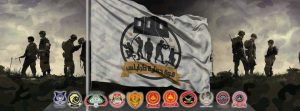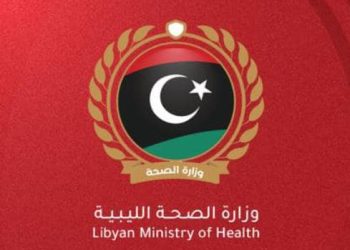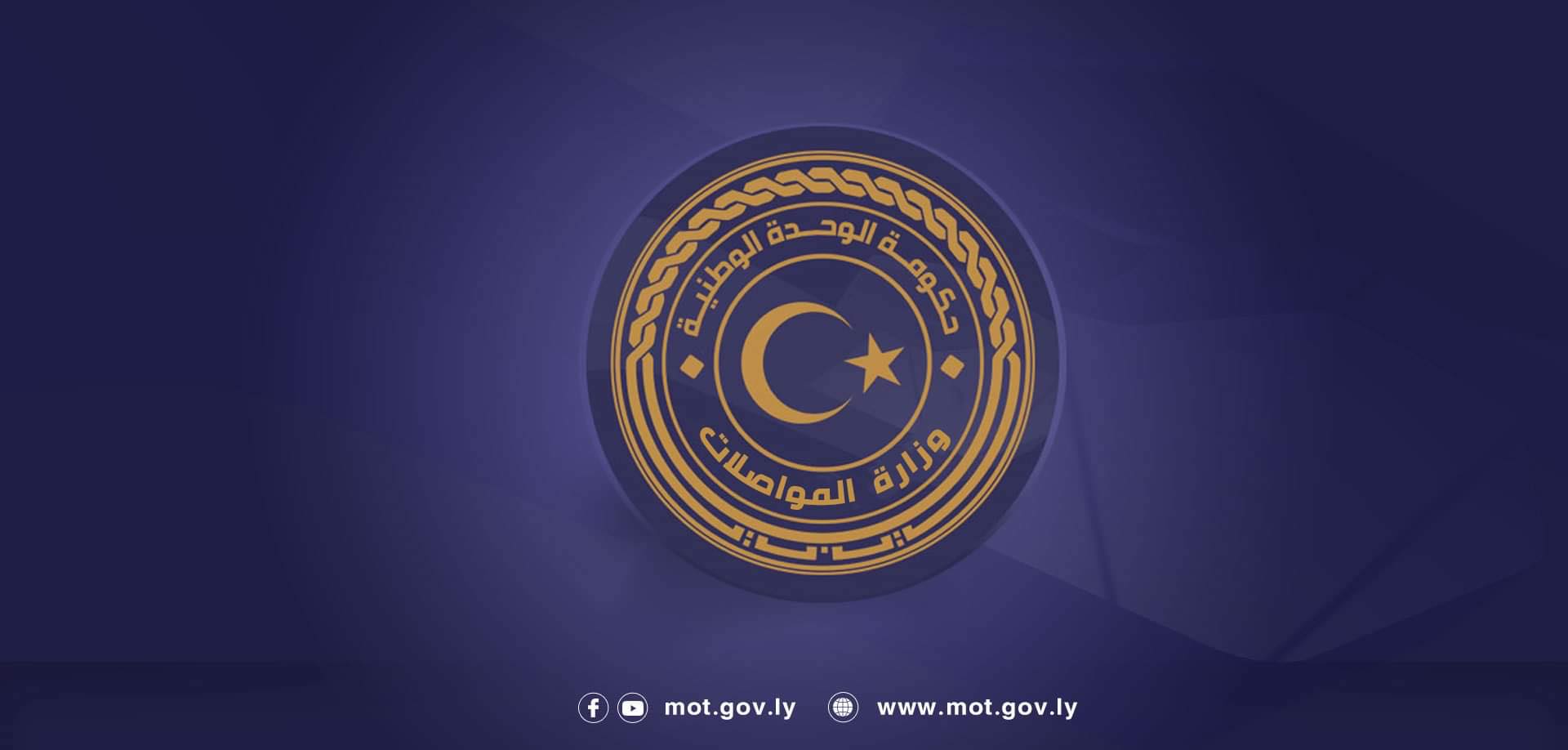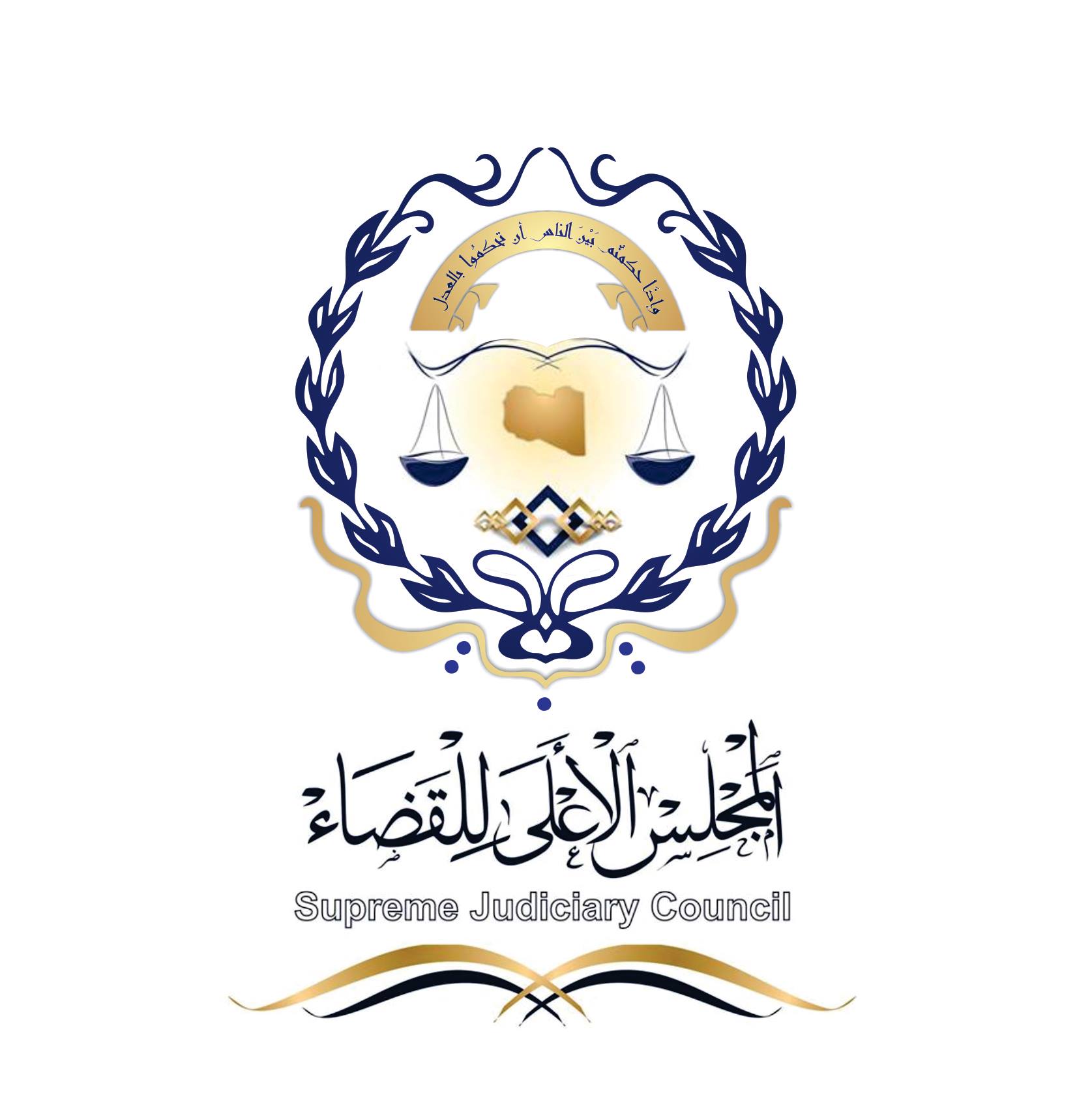By Sami Zaptia.

London, 9 February 2019:
The Tripoli Protection Force (TPF) announced yesterday on its official Facebook page that it will be integrating itself into a new larger coalition to be named the Western Region Protection Force (WRPF).
It said that the new entity would be under one unified command.
The short statement gave no other details on this force. It is not clear how comprehensive and geographically wide this force is going to be.
It must be assumed that the rationale of the western region militias for creating this new force is that “bigger is stronger” in the face of a larger and stronger force/militia/army that poses a threat from outside of the region.
This is along the same rationale used to create the TPF by the Tripoli militias in the first place.
It will be recalled that on 18 December 2018 Tripoli’s four main militias announced their amalgamation into the TPF.
The militias are: The Tripoli Revolutionaries’ Brigade (TRB); Abusleem Deterence and Rapid Intervention Force; the Nawasi 8th Force; and the Bab Tajura brigade.
The (Salafist) Rada Deterrence Force led by Abdelrauf Kara did not officially join the TPF, but it has been acting in support of the TPF when it chooses.
The move to create the WRPF can also be seen as a move to resist the Faiez Serraj Presidency Council and Government of National Accord (PC/GNA), it’s Interior Minister Fathi Bashagha and UNSMIL’s reactivated “Security Arrangements”.
The “Security Arrangements” are part of the 2015 Skhirat Libyan Political Agreement (LPA). The Serraj administraion and UNSMIL/ international community were never able to implement them as militias were needed to prop up the Serraj government.
The LPA Security Arrangements prescribes that Libya’s militias give up their security roles and remove their arms from all of Libya’s major urban centres in favour of regular, accountable police and army forces.
In the announcement of the formation of the TPF, the statement alluded to the fact that the TPF was formed to counter the Tarhuna militias and the real and increasing threat posed by Khalifa Hafter’s Libyan National Army (LNA) to Tripoli.
Hafter’s recent moves in southern Libya and open desire to “enter” Tripoli could pose an existentialist threat to some militias in the western region.
The existentialist threat is posed to some of Tripoli’s and western Libya’s militias from both a legitimacy and military point of view.
Ironically, a new WRPF can market itself as the guardian of the security of the region and counter Hafter’s dictatorial threat politically – thus enshrining their existence.
Using Hafter’s new threat and the attempts by the Tarhuna-based 7th Infantry Kani Brigade attacks of August-September 2018 and January this year, the new WRPF will no doubt do their best to distract attention from their own lack of legitimacy and political accountability.
In the face of one agreed outside threat such as the Tarhuna militias or Hafter’s LNA, the western region militias may find it initially easy to act as one and under a unified structure.
However, it has to be speculated for how long will this last? How long will interests remain merged to create a sense of unified purpose and action? Or will the WRPF be a short term entity created for a specific short term aim?
It will be recalled that these very same militias were unified brothers-in-arms when fighting Qaddafi, only to tear Libya apart after his dead in pursuit of power and wealth.
Conversely, could a true unification – if the WRPF went on to become a permanent structure – of militias in Libya’s western region be an indirect top-down step to the creation of a new unified regular Libyan army?
Or will the parts that make the new WRPF-whole quickly disintegrate and revert back to their original parts of individual militias?
It is difficult to derive any conclusions and project them to the WRPF from the formation of the TPF at this early stage as the TPF is only months old.
With regards to its proposed unified leadership, who will take over at the helm of the WRPF? Will it be the TRB’s Haithem Tajuri or the Busleem Brigade’s Abdelghani Al-Kikli, for example?
Or will the western region militias install a recognized Presidency Council and Government of National Accord figurehead to unite around and project the impression of legitimacy and gain national and international recognition?
Or will the WRPF appoint a committee of various commanders to act as its head?
Equally, how “western-Libya” will the new WRPF be? Will it include militias from Misrata, Zawia, Zintan and Tarhuna? Will it include Amazigh militias?
Libyan militias from within the same city are divided on various political and tribal lines. Tripoli, Misrata and Zawia, for example, are internally split and have a wide range of militias including what are referred to as “Islamist” militias and pro-Hafter militias.
What is sadly clear from the announcement of the intended creation of this WRPF and the LNA action in the south of Libya, is that events on the military battlefield are setting the scene and agenda for Libya rather than the political dialogue intended by Ghassan Salame’s UNSMIL.
It may also mean that the creation of a unified, regular Libyan nation-wide army needed for the formation of a strong state – is even further away.
https://www.libyaherald.com/2018/12/18/tripoli-militias-announce-unification-into-new-tripoli-protection-force/







